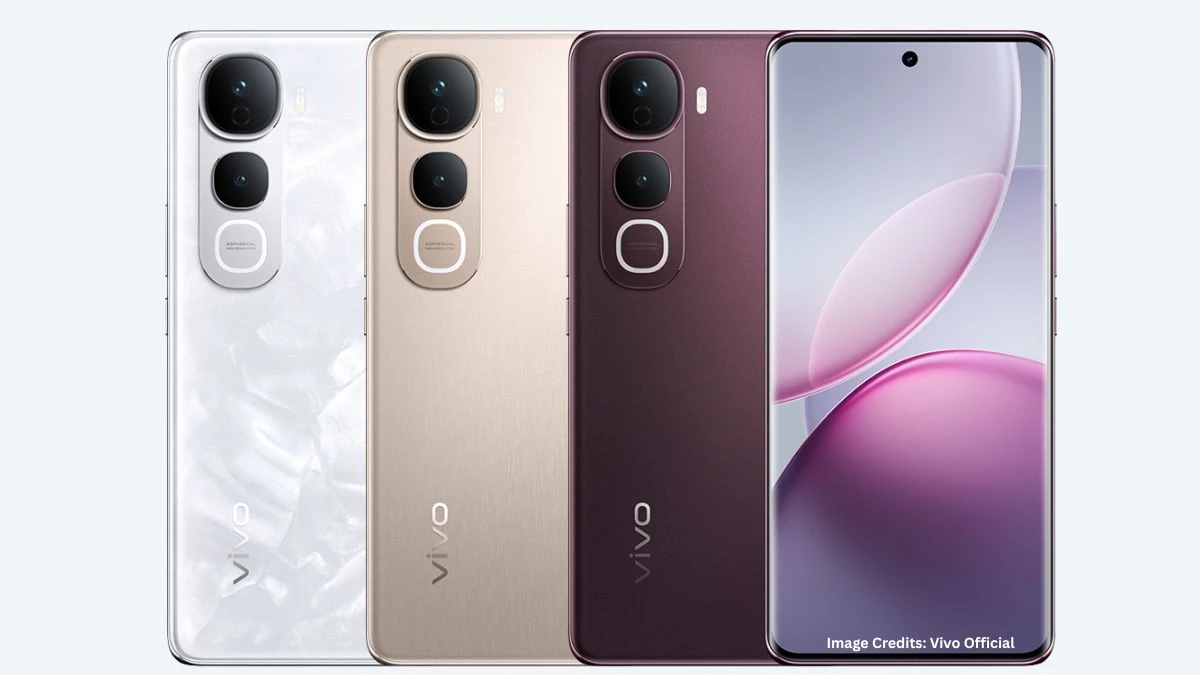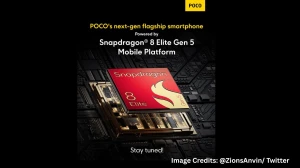Vivo Y400 with Snapdragon 685
The base vivo Y400 opts for the Qualcomm Snapdragon 685 chipset, emphasizing battery efficiency and reliable, modest performance. This 4G device comes paired with a 6.67-inch AMOLED display that supports a 120Hz refresh rate and reaches up to 1,800 nits peak brightness. The setup fits well for regular users who want smooth scrolling and good daylight visibility. Protection is covered with an IP68/69 rating, useful for those who need a device built to handle rough usage, dust, and the occasional splash. For photography, a 50MP main sensor alongside a lightweight 2MP depth camera rounds out a package that doesn’t promise miracles, but delivers predictable results for everyday snapshots.
YES, BOTH! Right? #vivoY400, premium design, solid performance, #NeverExceedsIt 's so cool! Coming soon, stay tuned! 04.08.2025- vivo_indonesia
Release, Battery, and Long-Term Use
vivo’s Y400 was first released in Indonesia, with a broader rollout anticipated in Southeast Asia and India. Where the phone stands out is power management: it integrates a 6,000mAh battery claimed to support two days of standard use on a single charge. vivo asserts longevity over years and up to 61 hours of music playback, with 44W wired charging to help top up quickly when needed. There’s no cost announced at the time of writing, but it’s positioned as an affordable contender for those wanting a long-lasting device.
Performance and Daily Experience
The Dimensity 7300 in the Y400 Pro 5G holds up well for daily routines including multitasking, streaming, and moderate gaming. Most titles play smoothly on moderate to high settings, capped by the device’s 120Hz curved AMOLED display with high brightness for vivid colors and clarity. Benchmarks suggest solid results for mid-tier hardware, but the main strength is battery efficiency rather than raw power. User reviews note balanced system performance, reliable battery drain, and thermal management that prevents uncomfortable heating during longer sessions.
Camera Features
Both Y400 models leverage a 50MP main camera (Sony IMX852 or IMX882 on higher-end models) and a secondary sensor for depth capture. Results are consistent with other phones at this price—photos are well-lit in daylight, passable in indoors, and support basic bokeh effects. The front-facing camera on the Pro version gets bumped to 32MP, making it suitable for video calls and social media selfies. Notably, both the main and selfie cameras support 4K video, appealing to content creators who want more flexibility without investing in higher-end phones. There’s no revolutionary image processing, but photos tend to look clean and satisfactory for the intended audience.






